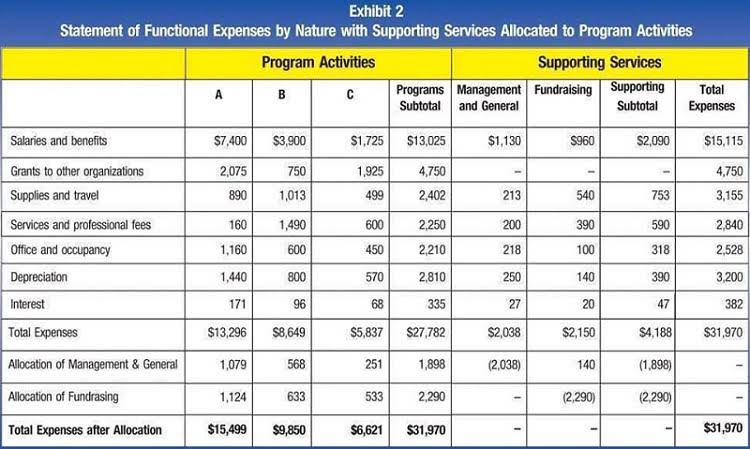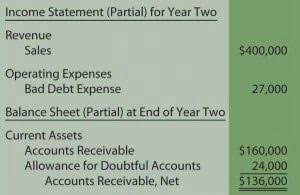You would receive ₹1,050 per bond (₹1,000 principal plus ₹50 premium) but would lose the remaining five years of 7% coupon payments. This shows the risk of earning less from future investments if your bond is called early. This redemption can occur during a predefined period or under specific conditions stated in the bond’s terms. Callable bonds often feature a grace period, where calling the bond is prohibited. Post grace period, the execution of a call typically depends on conditions related to market prices or interest rates.
If the issuer decides to call the bond due to a favorable decline in interest rates, the investor may be required to reinvest the returned principal at lower, less profitable rates. This is particularly disadvantageous if the investor was depending on the higher rate for income. Another advantage of callable bonds for investors is they provide potentially higher capital gains. If interest rates fall after the bond has been issued, its price will usually increase in the secondary market. This means that if an investor decides to sell the bond before it is called back, they could profit from the increased value. A callable bond is essentially a financial instrument that provides fixed income to the investors till the time they are not called for redemption by the issuer.
Protection from Risk
Bond issuers would also need to make a premium on face value to compensate the callable bond definition investors. In addition, as investors consider a redeemable bond a risky investment, they demand higher coupon rates. Bond issuers issue callable bonds in a high-interest rate market and expect to lower interest rates in the future. For this perceived risk, investors demand a higher coupon rate than other bonds. The main advantage of callable bonds is the higher yields they typically offer compared to non-callable bonds. However, the downside is that they may be called away from investors during favorable market conditions, potentially limiting returns.
- A callable bond allows companies to pay off their debt early and benefit from favorable interest rate moves.
- If the issuer’s financial health has improved significantly since the bonds were first issued, they may have enhanced creditworthiness, which allows them to secure funding at lower interest rates.
- If interest rates are falling, the callable bonds issuing company can call the bond and repay the debt by exercising the call option and refinance the debt at a lower interest rate.
- Preserving resources ultimately leads to economic sustainability, which significantly corresponds to a corporation’s economic responsibility.
- After the call protection ends, the noncallable security becomes callable, and the date that an issuer may redeem its bonds is referred to as a first call date.
Examples of Callable Bonds
Callable bonds, also known as redeemable bonds, represent fixed-income securities that grant issuers the right to repay the principal before the scheduled maturity date. These debt instruments play a significant role in corporate finance and investment strategies, offering flexibility to issuers while presenting distinct considerations for investors. In simple terms, callable bonds offer a potentially higher rate of return, but they also expose investors to the risk of being left with a lower rate in the event of falling interest rates. Given this, they should be seen as a part of a diversified investment portfolio, rather than the core. An understanding of the economic environment and interest rates dynamics is crucial before venturing into callable bonds. Investors who choose callable bonds typically receive higher interest rates compared to non-callable bonds.
Impacts of Callable Bonds on Corporate Social Responsibility (CSR)
A noncallable bond or preferred share that is redeemed before the maturity date or during the call protection period will incur the payment of a steep penalty. If interest rates fall to 5% after 4 years, the issuers would call the bond and issue a new one at a lower interest rate. The issuers may pay a premium on the face value to compensate the investors. For instance, the issuer pays $102 to investors by exercising the call option. The issuer must clarify whether a bond is callable and the exact terms of the call option, including when the timeframe as to when the bond can be called.
Why are Callable Bonds Issued?
Consequently, it might become financially advantageous to call existing bonds and reissue new ones at these lower rates. Moreover, if economic prospects seem bright, and the issuer expects a period of inflation, calling the bond can also be favorable. Inflation erodes the value of the fixed payments that bonds make, thus it would be more profitable for the issuer to call the bond and lock in a lower fixed interest payment.
Callable bonds are a specialized category of fixed-income securities that grant the issuer the right to redeem the bond before its scheduled maturity date. This feature can be particularly advantageous for issuers when prevailing market interest rates decline, allowing them to refinance their debt obligations at lower interest costs. For investors, callable bonds present distinct opportunities and risks that are crucial to comprehend before engaging in this investment option. Understanding these dynamics can help investors better navigate the fixed-income landscape and optimize their investment strategies. Callable bonds represent a unique intersection of opportunity and risk within the fixed-income market.
Comparing Callable vs. Non-Callable Bonds
The bond issuer has the right, but not the obligation, to call the bond prior to its maturity date. Therefore, the option to truncate the bond’s life at the call date reduces the number of interest payments that the bondholder will receive, which decreases the bond’s yield or return. The longer the call protection period, the less risk there is for the bondholder, as the issuer would be unable to call the bond before the end of this period. This feature makes callable bonds more attractive to investors, as it provides some degree of protection against early redemption.
Supercharge your skills with Premium Templates
The recipient should note and understand that the information provided above may not contain all the material aspects relevant for making an investment decision. Investors are advised to consult their own investment advisor before making any investment decision in light of their risk appetite, investment goals and horizon. A main advantage of a callable bond is that it has lower interest rate risk and its main disadvantage is that it has higher reinvestment risk. In addition to macroeconomic considerations, issuers will also need to carefully evaluate internal company dynamics. The issuer’s financial health, business strategy, and near and long-term objectives influence the decision to call bonds. Although callable bonds can result in higher costs to the issuer and uncertainty to the bondholder, the provision can benefit both parties.
One of the fundamental differences between callable and non-callable bonds relates to the flexibility they offer for both the issuer and the bondholder. YTM, on the other hand, is the total return expected on a bond if it is held until maturity. It’s a long-term yield expression, which incorporates both interest payments and any capital gain that would be realised if the bond is held to its maturity date. On November 1, 2016, a company issued a 10% callable bond with a maturity of 5 years.
- The issuer of a noncallable bond subjects itself to interest rate risk because, at issuance, it locks in the interest rate it will pay until the security matures.
- Issuing a bond lets a corporation borrow at a lower interest rate than a bank loan, saving the company money.
- Bond issuers issue callable bonds in a high-interest rate market and expect to lower interest rates in the future.
- So, in this case, during callable bonds valuation, this yield to worst, is very important for those who want to know the minimum they can get from their bond instruments.
- Bond issuers would also need to make a premium on face value to compensate the investors.
Thus, they can end their obligation of debt repayment within a limited time, which reduces the pressure in the finances on the business. Let us study the features of a callable bonds accounting with the help of the below mentioned table. Suppose you buy a bond from Company XYZ that has a 10-year maturity date and pays a 6% annual coupon. The bond’s face value is $1,000, which means Company XYZ agrees to repay you $1,000 when the bond matures in 10 years. In each of the 10 years, you’ll receive $60 in interest since the bond’s annual coupon is 6%.
In such cases, calling a bond could transform the capital structure in a way that is beneficial for the issuer. Each type serves different needs in debt management strategies, varying slightly across these categories in terms of call timing and flexibility. If a bond is called early by the issuer, the yield received by the bondholder is reduced. In addition, calling a bond early can trigger prepayment penalties, helping offset part of the losses incurred by the bondholder stemming from the early redemption.
















